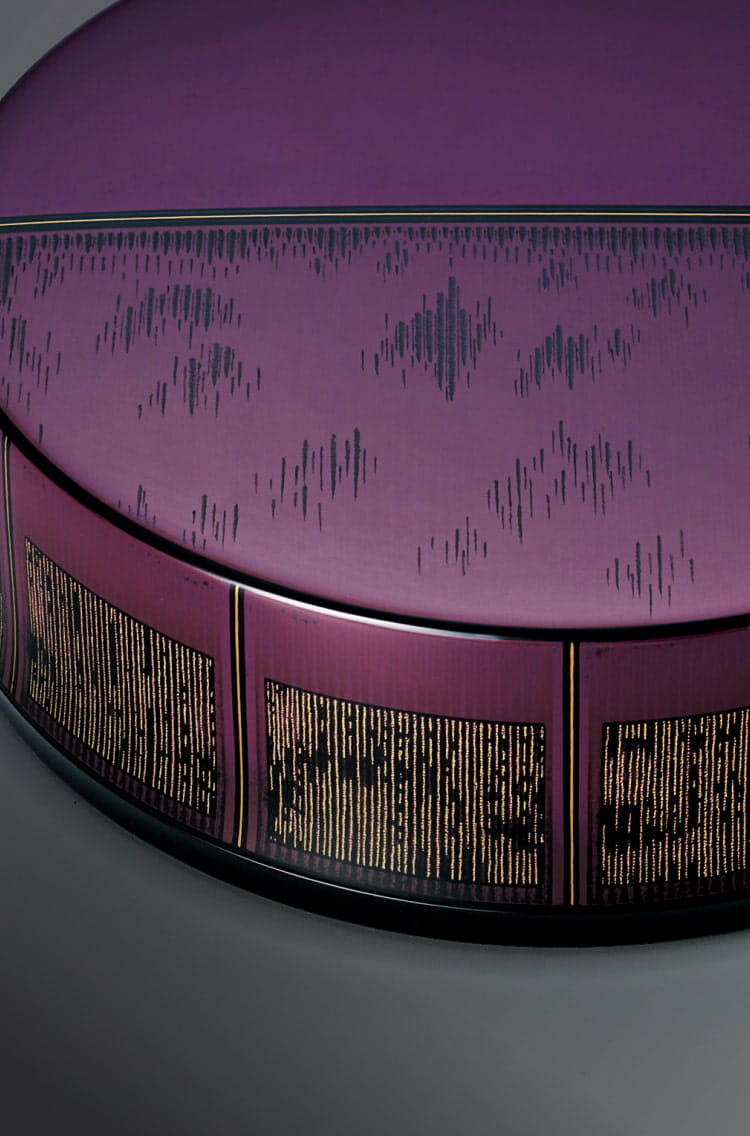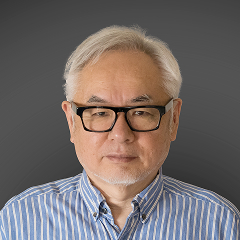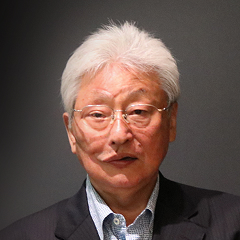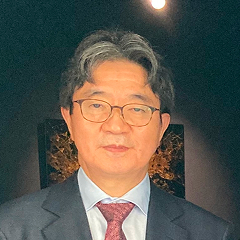



With the "National Crafts Museum", the only national museum in Japan specializing in crafts, being established in Kanazawa, we can tell how deeply Ishikawa is connected to the traditional kōgei (craft) culture.
During the Edo period, the Maeda Family that ruled the land of Kaga (current Kanazawa) tried to enrich their domain through culture and invited talented creators and artists from various places to cultivate the foundation of manufacturing. As the samurai's aesthetic senses and the townspeople's sense of freedom mixed, the beauty in everyday objects were elevated to art reflecting spirituality.
Various traditional techniques still live on in the crafts of Ishikawa – lacquer art, ceramics, textiles, and metalwork.
In this special feature, we are introducing 45 artists that overlay modern sensibility on tradition and are opening paths for new forms of art.
- Part of the sales from this special feature will be donated through the Japan Kōgei Association for the recovery of traditional artworks of Ishikawa that were affected by the Noto Peninsula Earthquake and heavy rain disaster.
Yukio Yoshita
Secretary General of the Japan Kōgei Association Ishikawa Branch
Ceramics

In the small area spanning Ishikawa and Fukui, there are 11 Living National Treasures, and more than 150 artists in various fields are based. It is a very rare place in Japan where artists influence and inspire each other. This is where the Japan Kōgei Association Ishikawa Branch is. As we wanted to introduce the Ishikawa Traditional Kōgei Exhibition held every year to the world, this project started thanks to the generosity of Gallery Japan. Artworks that are not just works of artisans, but those full of charm made by 45 artists and members of the Japan Kōgei Association Ishikawa Branch with individuality, creativity, and outstanding technical skills, are exhibited. We hope you will enjoy this opportunity to see and purchase various traditional artworks made from genuine material and unwavering traditional techniques.
Mamoru Nakagawa
Living National Treasure
Metalwork

The production of Kanazawa artworks started during the Edo Period when well-known artists were invited from Kyoto and Edo (current Tokyo) to produce armor and furnishing goods, and to train artisans as a part of the Kaga domain's cultural policy. Artisan workshops (osaikusho) where weapons and armor were produced, managed and repaired, and artworks were also made were established. This was the beginning of today's lacquer art, textiles, wood and bamboo work and inlaid work. Sturdy, exquisite, and elegant things that were necessary in the samurai society were mainly made. This became the base of today's artwork, and has developed through many ups and downs.
I will continue to work diligently to pass down the precious, traditional techniques with a long history to the next generation. I will also seek how traditional art can be used in modern life, research and develop new designs to create various artworks that many people will be able to enjoy. Training successors so as not to let the tradition die out is also an important task for me.
Kazuo Yamagishi
Living National Treasure
Lacquerware

Towards the Future, The Traditional Craft Artists in Ishikawa Today
Ishikawa prefecture consists of two regions, Noto and Kaga, and the total length of the coastline is 250 kilometers. The Noto region which was ruled by the Hatakeyama clan, retains the strong influence of the Hatakeyama culture, and many of the people there are said to be quiet and hardworking. Around the mid 18th century Ishikawa flourished with its good natural harbors, as the trading ships sailing from Osaka to Hokkaido stopped at the ports. And with the cultural promotion policy of the Maeda clan in Kaga, a large number of craftsmanship and techniques have been passed down to this day. 11 people have been designated as Living National Treasures.
Our wish is for the young artists, the successors of the traditional arts of Ishikawa, to carry on the spirit of our predecessors and pass it on to the next generation.
Last but not least, many people were affected by the disaster caused by the Noto Earthquake that occured on New Year's Day in 2024. The artists in Ishikawa are standing firm and striving for restoration. We sincerely ask for your understanding and support for the artists in Ishikawa.
